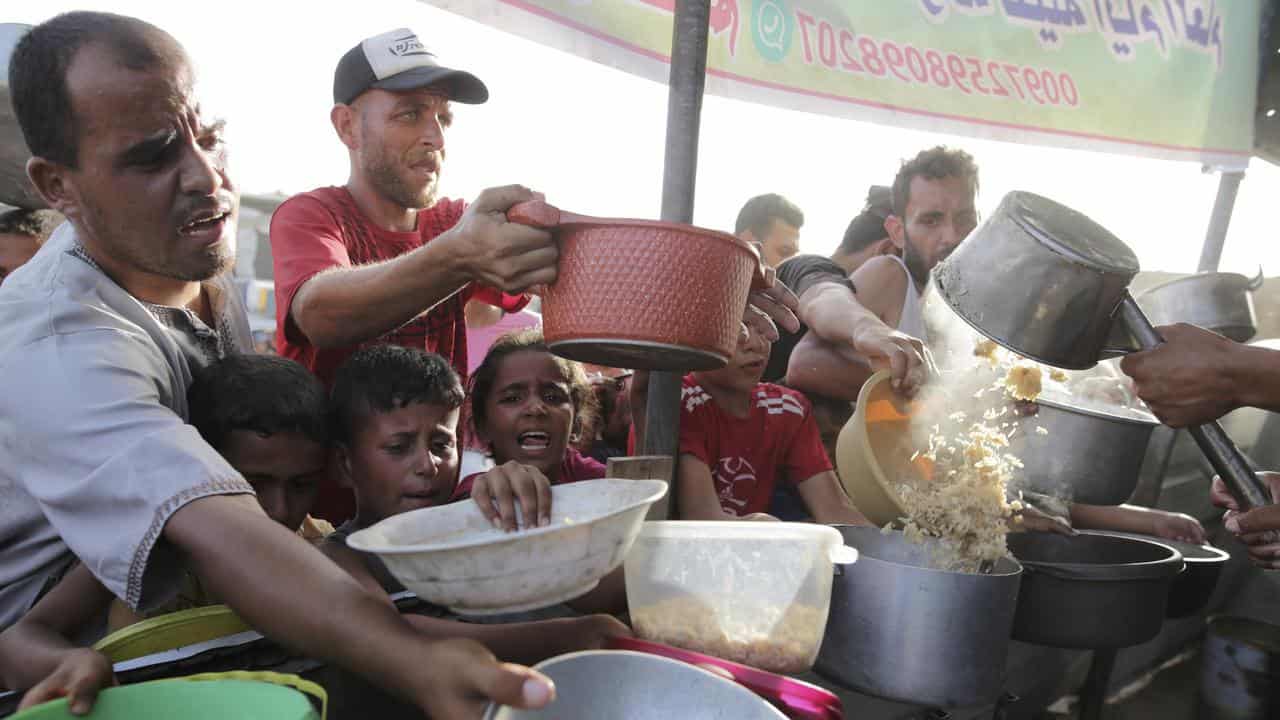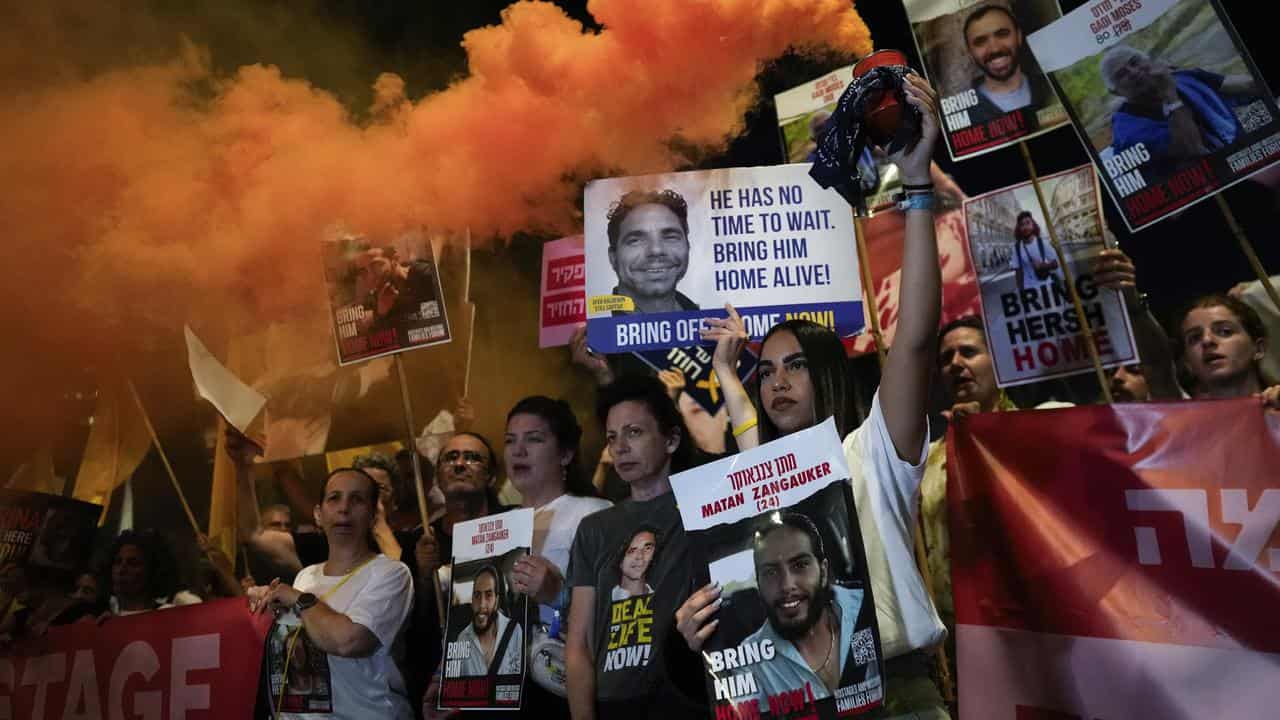
Israel has stormed a neighbourhood in Gaza City, telling Palestinians as the tanks moved in that they must move south, and bombed the southern city of Rafah in what it says are the final stages of an operation against Hamas militants there.
Residents of the Shejaia neighbourhood in Gaza City said they were taken by surprise by tanks rolling in and firing in the early afternoon, with drones also attacking after overnight bombing.
"It sounded as if the war is restarting, a series of bombings that destroyed several houses in our area and shook the buildings," Mohammad Jamal, 25, a resident of Gaza City, told Reuters via a chat app.
The Palestinian Civil Emergency Service said there were reports of people killed and wounded in Shejaia but their teams were unable to reach them because of the ongoing offensive.
Three people were reported killed there in the earlier bombing, with five killed in the Sabra neighbourhood.

The armed wing of Hamas ally Islamic Jihad said it had detonated a pre-planted explosive device against an Israeli tank east of Shejaia.
Israel accuses the militants of hiding among civilians and says it warns displaced people to get out of the way of its operations against the fighters.
"To all residents and displaced people in the Shujaiya area and the new neighbourhoods ... For your safety, you must evacuate immediately south on Salah al-Din Street to the humanitarian zone," army spokesperson Avichay Adraee posted on X.
Residents and Hamas media said the tanks had rolled in before the post and that people from the eastern suburb were running westward under fire as Israel had blocked the road south.
There was no other immediate comment from the Israeli military.
More than eight months into Israel's war on Gaza triggered by the Hamas-led cross border attack on October 7, aid officials say the enclave remains at high risk of famine, with almost half a million people facing "catastrophic" food insecurity.

Israel denies accusations it has created the famine conditions, blaming aid agencies for distribution problems and accusing Hamas of diverting aid, allegations the militants deny.
In southern Gaza, drone footage on social media, which Reuters could not immediately authenticate, showed dozens of houses destroyed in parts of Rafah, with the Swedeya village on the western side of the city completely wiped out.
There was no immediate Israeli military comment on the overnight military action.
International mediation backed by the US has failed to yield a ceasefire agreement although talks are continuing amid intense Western pressure for Gaza to receive more aid.
Israeli Defence Minister Yoav Gallant said on Wednesday that he had discussed his proposals for governance of post-war Gaza that would include local Palestinians, regional partners and the US but that it would be "a long and complex process".
Senior US officials told Gallant, who was visiting Washington, that the US would maintain a pause on a shipment of heavy munitions for Israel while the issue is under review.

The shipment was paused in early May over concerns the weapons could cause more Palestinian deaths in Gaza.
Hamas says any deal must bring an end to the war and full Israeli withdrawal from Gaza, while Israel says it will accept only temporary pauses in fighting until Hamas, which has ruled Gaza since 2007, is eradicated.
When Hamas-led militants stormed into southern Israel on October 7, they killed about 1200 people and seized more than 250 hostages, according to Israeli tallies.
The Israeli offensive in retaliation has so far killed 37,658 people, the Gaza health ministry said on Tuesday, and has left the tiny, heavily built-up Gaza Strip in ruins.
The Gaza health ministry does not distinguish between combatants and non-combatants, but officials say most of those killed have been civilians.
Israel has lost 314 soldiers in Gaza and says at least a third of the Palestinian dead are fighters.









